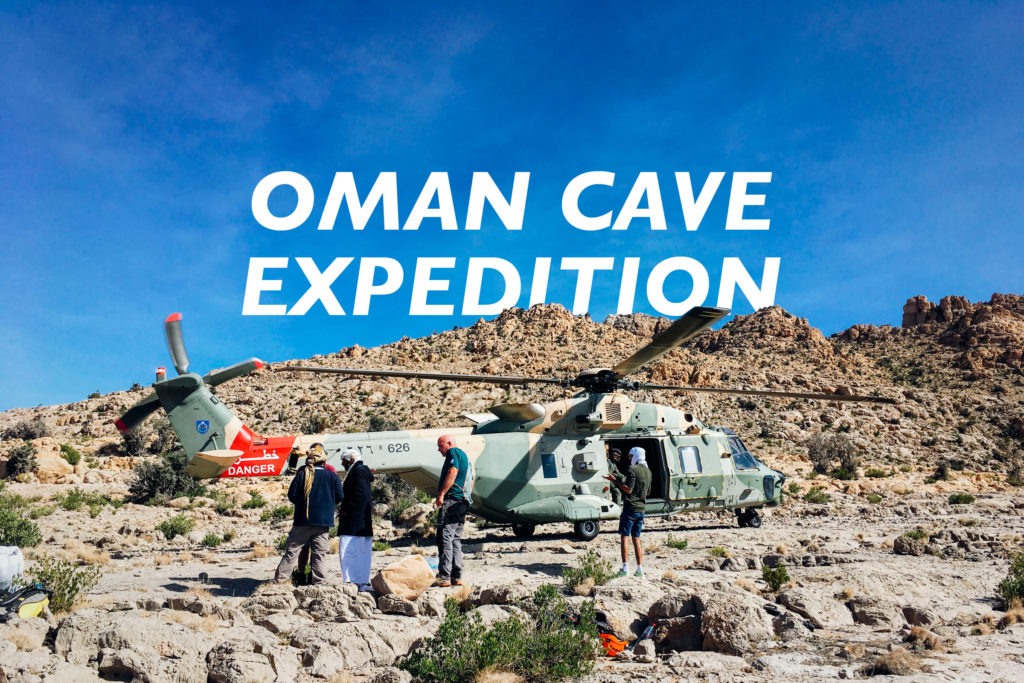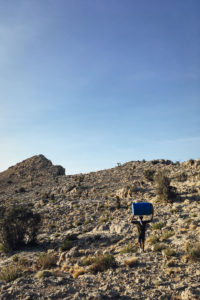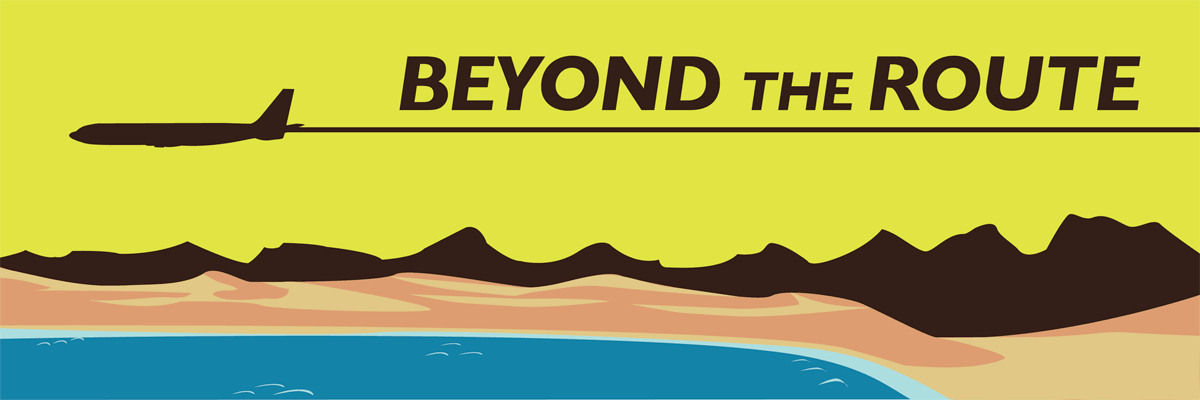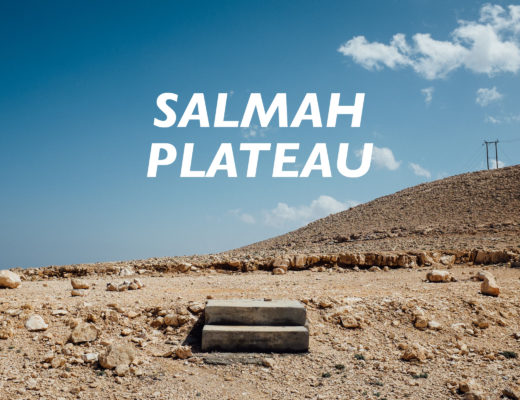
Over the National Day holiday weekend this year, I was part of cave expedition to a notable karst in Oman, and possibly the region. Currently we think it’s Oman’s deepest cave. Here’s the story of that trip.
Cave Protection
Firstly, I need to say this isn’t the full story, at least for now. I’ve been asked not to share certain details to help protect the cave, as well as protect all the hard work put in by the people who worked tirelessly, for years, to push down into this cave. For that reason you won’t see images which help geolocate the entrance. Also, details like the exact depth and geological features are being held back for now.
Once the cave is fully explored I will be able to share more. I promise.
Middle East Cave Expeditionary Team
This cave is a project of the Middle East Cave Expeditionary Team (MECET) which I am a part of. I joined last year as an experienced caver. Since then I’ve accompanied them on a number of trips to well known caves, new caves to MECET, and even pushed another smaller project.
MECET is basically a bunch of friends who pool their resources and love of caving. Many members do other separate cave and outdoor activities and join the larger group to help on bigger projects like this one.
The Plan
 The cave is located up a mountain, about 1500 meters from the base and over the course of ten kilometers. Not a huge hike or shuttle with donkeys by any means, but challenging none the less. Keep in mind that this is a vertical cave, requiring rope and anchors to be placed. All this takes time. Time means we need food, water and a way to rest. All this stuff is heavy, and requires more people to help shuttle it down into the cave safely. More people require more stuff and so on. You can see it’s a snowball effect with weight.
The cave is located up a mountain, about 1500 meters from the base and over the course of ten kilometers. Not a huge hike or shuttle with donkeys by any means, but challenging none the less. Keep in mind that this is a vertical cave, requiring rope and anchors to be placed. All this takes time. Time means we need food, water and a way to rest. All this stuff is heavy, and requires more people to help shuttle it down into the cave safely. More people require more stuff and so on. You can see it’s a snowball effect with weight.
So the plan was to get all the gear to the base of the mountain, pack it on donkeys, and set off. However, the plan changed greatly when our mission somewhat aligned with the Speleological Team of Oman’s plan to visit another cave on the same mountain. Mohammed al Kindi helped arrange a shuttle for both teams up the hill by the Royal Air Force of Oman.
From here the mission focused on getting into the cave quickly to maximize our time and use of the energy stores saved by having a lift by helicopter for people and equipment.
Day one plan was helo day, and start the rigging of the first parts of the cave. Day two was planned to get the push team and support team to the furthest point so far reached in the cave, and set up camp. The remaining days plan was to push until we run out of consumables.
Results
Like any good plan it never gets followed completely. Things like sickness, miscommunication, generous helicopter crews, and other unforeseen events shifted the plan from the original. In the end it all worked out well:
- We pushed the cave farther and deeper than ever before
- Capitalized on helicopter time to stash more food, water, and equipment for future missions without the bird.
- Made stronger relationships with our Omani partners.
- Surveyed the new section of the cave.
- Had a kick ass time!
My role in all this was as part of the initial support team, getting all the food and water for 4-6 people for three days into the cave on day two. Initially this team was supposed to be three people, but ended up being myself and one other person. It was challenging being short handed and simple bag handling tasks like a daisy chain don’t work at all with two people. Needless to say we had two full days of hauling gear all the way to the final camp. I’m glad it was all downhill.
I opted not to bring my camera because I wanted the lightest personal bag I can get, knowing I’d be carrying other heavy bags. I did have my phone with me in my bag, but it’s never easy pulling it out.
The next mission might be the one where we reach the end, so I’ll be sure to bring along the microphones and cameras to make this into a full podcast episode.
Image Links
However, I won’t leave you totally in the dark on this point. I do have some visuals to share with you:
- My Instagram story from the trip is kind of fun, and features some video.
- I have a small gallery of still images from what I did capture below.
- A link to images shot by MECET team member Christopher Pike. He’s a Reuters photographer by day, caver by night. He was also one of the two on the push team. Visit him on Instagram @pikevisuals.
[envira-gallery id=”4375″]
Q&A
I had a few questions through social media and in person conversations. I’ll attempt to answer them all here:
- Where is this located?
- Unfortunately, I can’t say exactly, but it is somewhere near Ibri.
- How do you get signal down there?
- Ha, you don’t.
- Where do you poo?
- This is a good question. Our original plan was to bag it and take it out with us. Gross I know. Luckily there are places to dig a hole and pop a squat.
- How many days were you under?
- Three of us were in for five days and four nights. So yes, we had a full camp set up with sleeping bags, tents, and stoves.
- What did you guys do to pass the time?
- Work! There is little downtime. It might take four hours to travel just 400 meters with all the gear.
- How did you get a helicopter?
- The helicopter came about through our Omani friends, primarily the geologist Mohammed al Kindi. It also helped that this cave is significant for Oman and has a lot of potential.
- Jambalaya or veg biryani?
- Jambalaya all the way!
- Can I join MECET, or how do I lear caving?
- MECET has an annual training program for new members, usually in the fall. So, if you are interested in caving this is a very cost effective way for you to get involved. Whether you are experienced at SRT or not, you can get ahold of the team through the MECET Facebook page to express your interest.
- What was the temperature, and was it humid?
- I believe the far camp we made was about 19 degrees Celsius, and I don’t have any number for humidity other than it wasn’t bad. Just nothing dried once it got wet, unless it was on your body.
If you have more questions, feel free to put them in the comments below.




No Comments